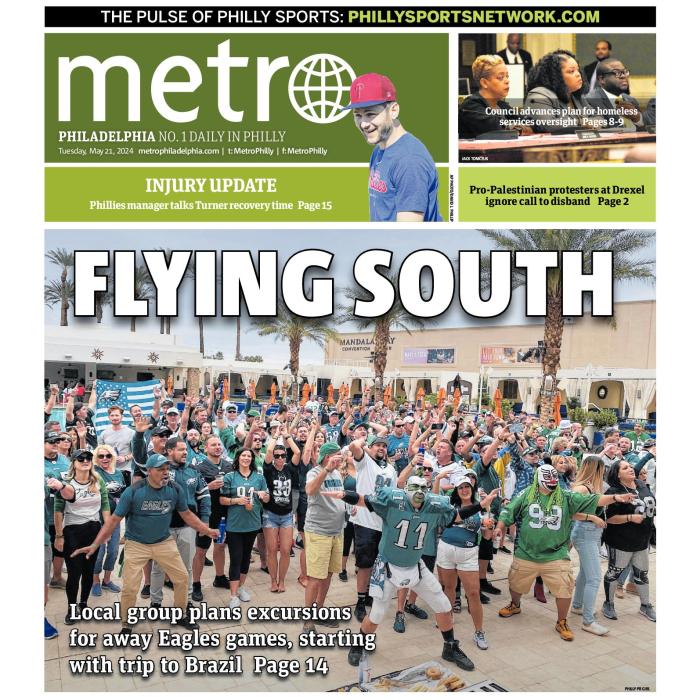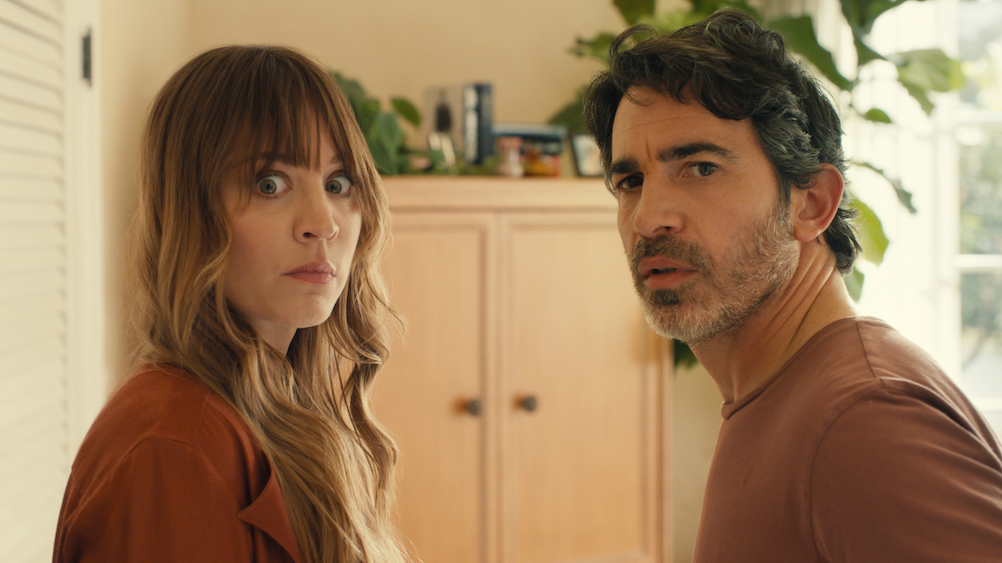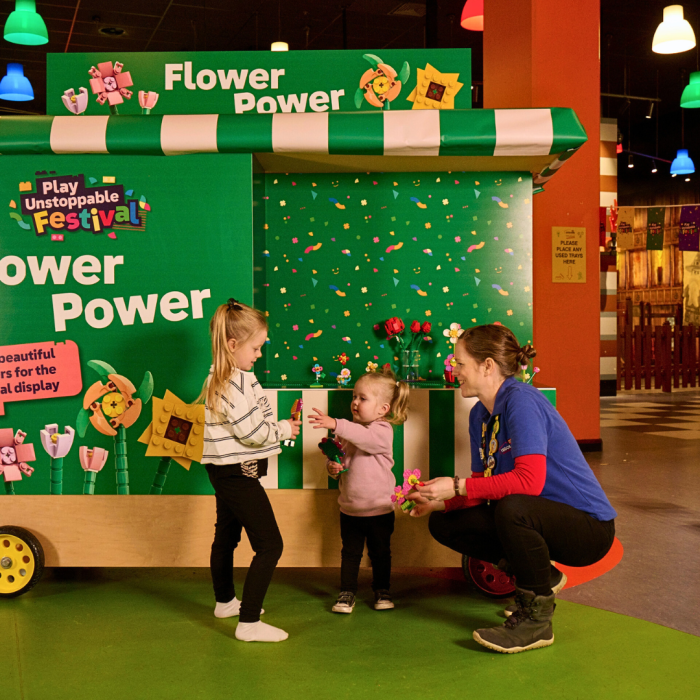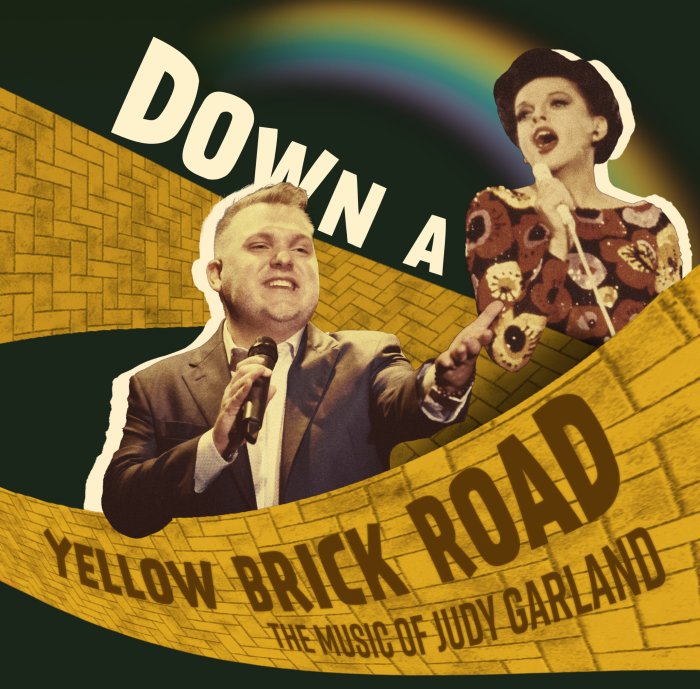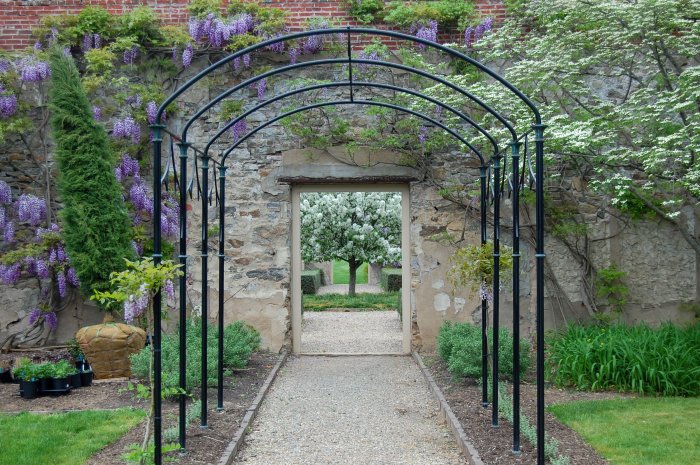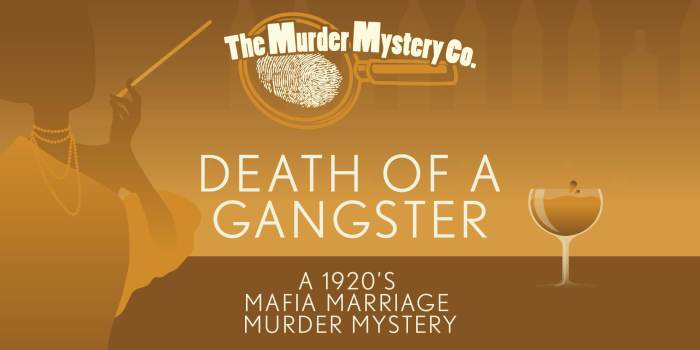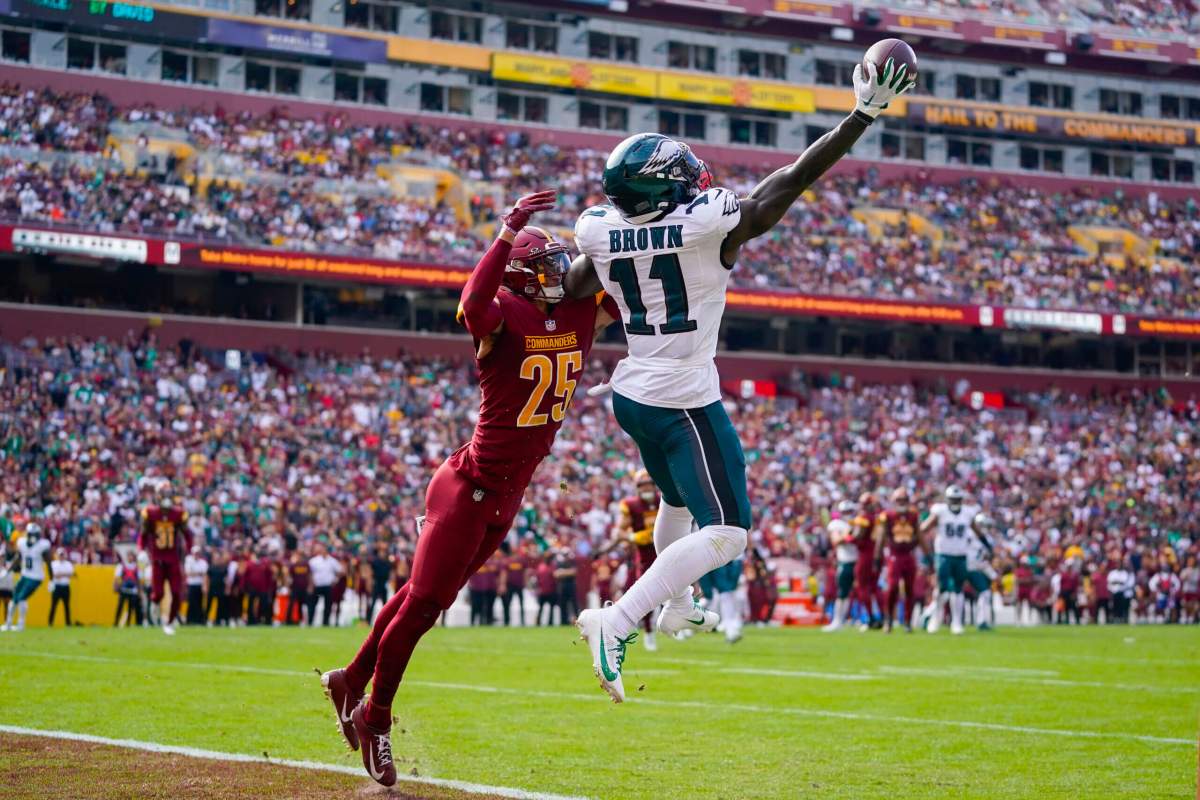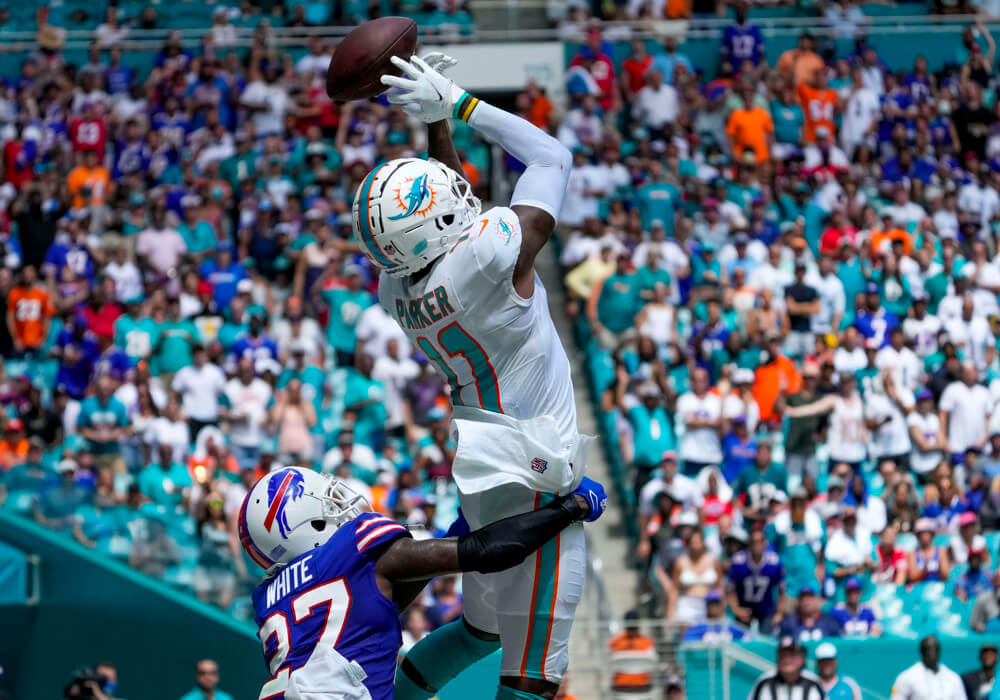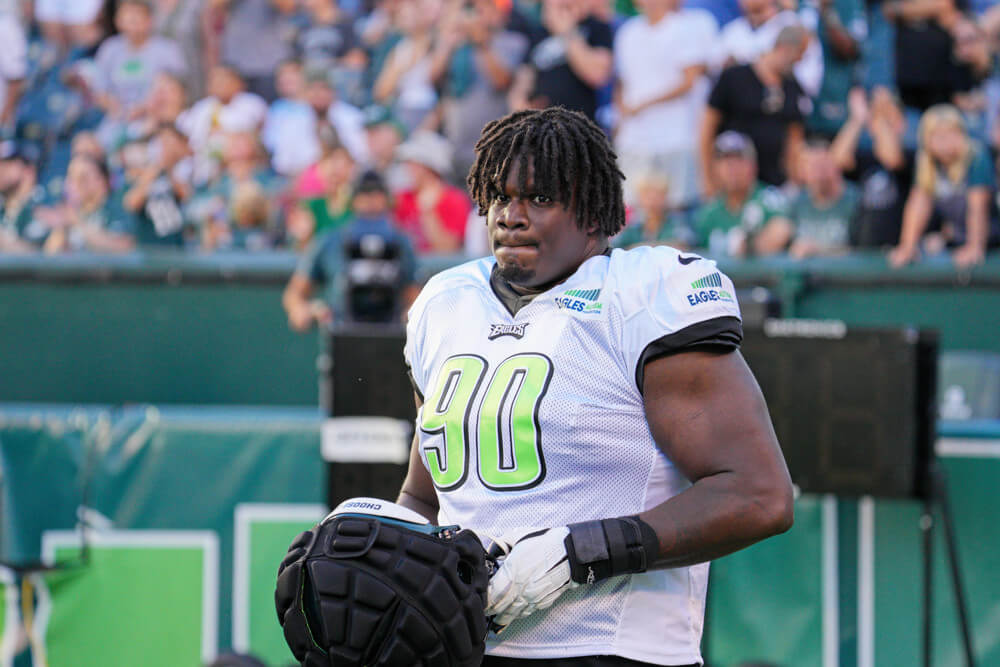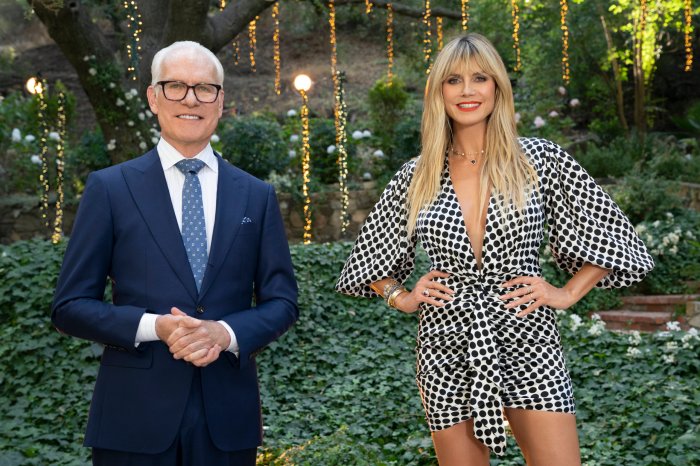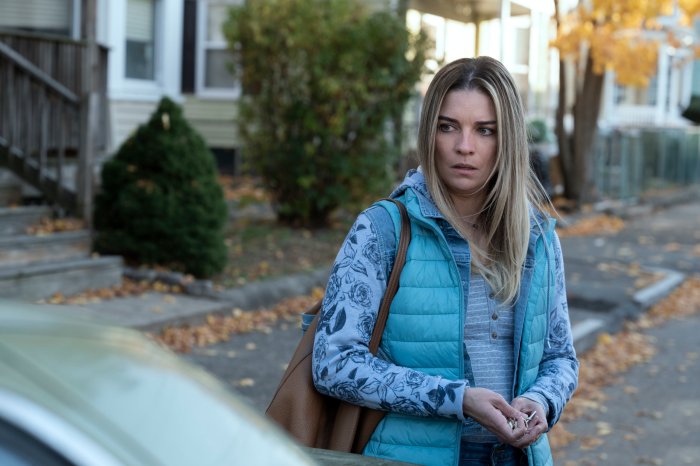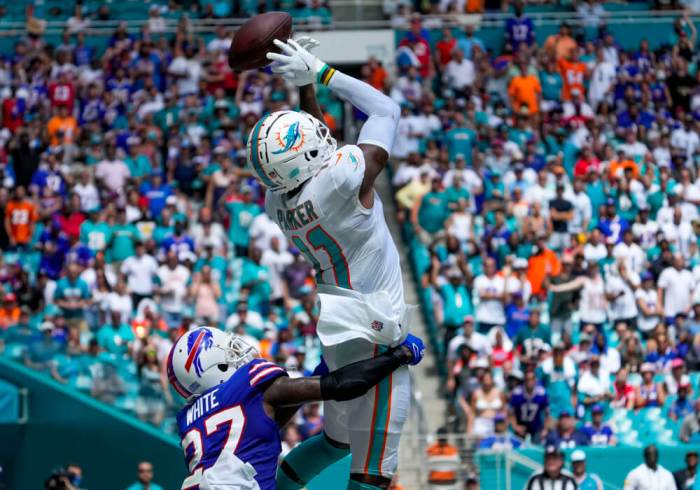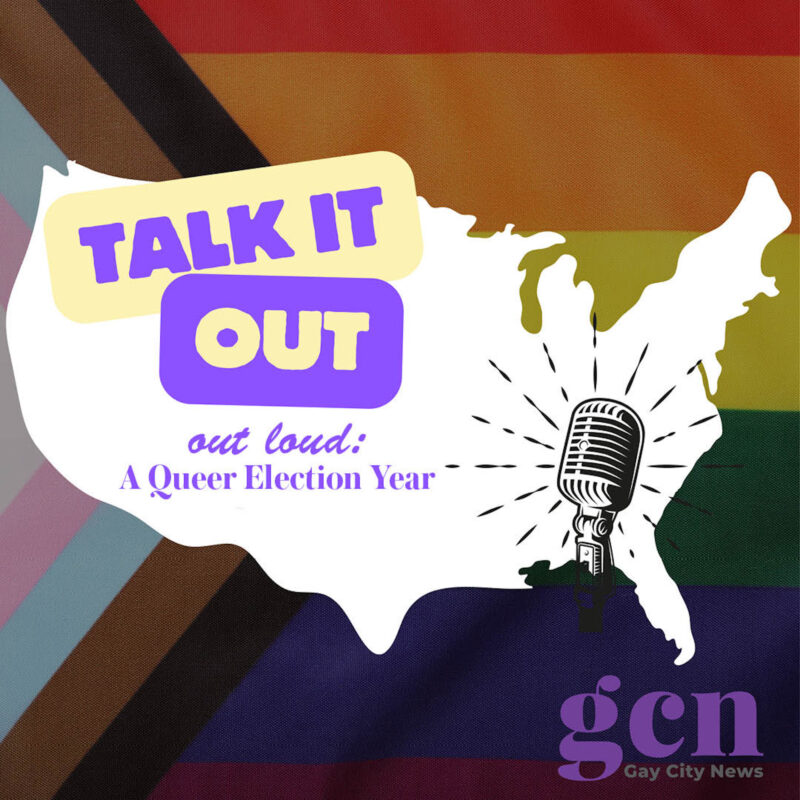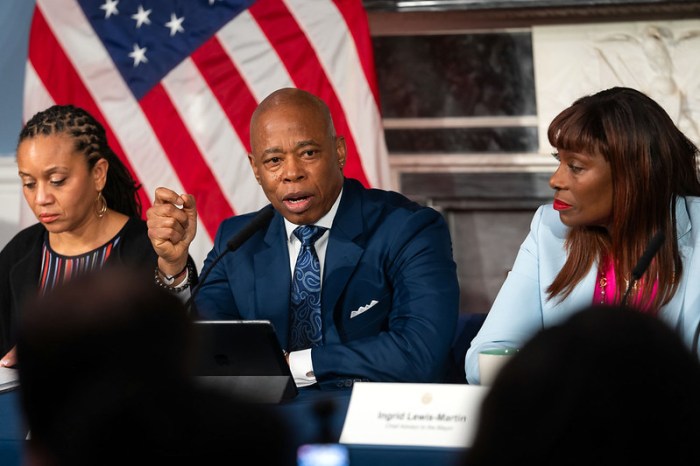What happens when a down on their luck couple (Kaley Cuoco and Chris Messina) hatch up a plan to blackmail a serial killer into doing a podcast with them in a get-rich-quick deal? In Craig Robinson’s latest series, ‘Based on a True Story’, audiences will find out.
Taking notes from the modern world’s fascination with true crime, and more so, the abundant amount of podcasts on the subject, the minds behind Peacock’s new series were aiming to create a darkly motivated show set in sunny California, and make it funny and intriguing.
Metro sat down with director Alex Buono to see just how that balance was achieved and more for the new show, and how he was able to get a certain vision across in the settings and the characters.

When did you first hear about this show and what was it about it that drew you in?
Roxie Rodriguez, who is at Jason Bateman’s production company, Aggregate, had mentioned the show to me and said you’d be really great for it. Six months later, Roxie called me back and [said] it’s happening and they sent me the script—and she was right. It was so many of the elements that I look for and things that I’m interested in.
It was funny, but it wasn’t super broad funny, it was smart, it was satirical, and it was saying something. I love the darkness of it and I love that it’s kind of grimy and there was a lot of opportunity for visual fun. At the time when I signed on, Kaley was cast, but I don’t believe anybody else was cast yet. I know they were talking to Chris Messina, so right off the bat I was like, oh my God, this sounds amazing. Chris and Kaley together would be so much fun. So that’s how it started for me.
And you directed the first and last episode of ‘Based on a True Story’?
I directed the pilot and the finale, and I was the directing producer of it—so I was there on set the whole time helping the other directors just to make sure that they understood what the tone of the show was, and visually what we were trying to do. And just to make sure that Craig’s vision for the show was actually happening and that the show didn’t accidentally stray away from it, because he had a really strong vision for it…I was there to just help him make sure that that’s the show that we were making at all times.
What were some of those conversations that you had with Craig when discussing the vision for the series?
When I first met with Craig—it’s funny, he’s Australian and from Melbourne, and my wife happens to be from Melbourne. Weirdly, her parents knew his parents and they worked together, so there was this weird immediate very loose connection. But we bonded a little bit, and then we sort of bonded further just talking about the kinds of films and things that we’re interested in.
We both shared a love of Alfred Hitchcock and Brian De Palma and Sam Raimi, and how the Cohen Brothers or Tarantino or sort of newer filmmakers reinterpret that Hitchcock suspense. I could tell he was really kind of going for Hitchcock in his script, and he and I spent a lot of time talking about what’s the right tone to strike? How Hitchcock is it? Hitchcock has been done a bit in television and it can also feel a little dated, so [it’s more], what can we pull from that visual style?
Then when we talk about Brian De Palma or Sam Raimi, what does that mean to you and what are the sort of visual or the subtextual cues that you can pull from those filmmakers that we love so much?
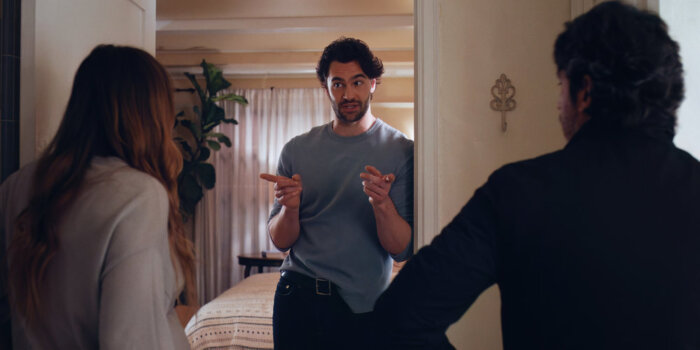
What visually do we see from those styles then in ‘Based on a True Story’?
I kind of came in pitching a color story for the show. I felt the aspirational world of the show could be told through greens and blues, and Craig had already written in tennis courts and the ocean in the west side and Malibu and all these things that just reminded me of that color scheme.
The other end of the spectrum was a yellower mustards and pinks and a little more colorless. We’ve talked about using the color red as this very strong, controlled [color] and we use it less so that it’s more meaningful. Conceptually the idea—we called it a sunshine noir, [or] a California noir that would be outdoors, but we could still take some of the hard shadows in the contrast and make it cinematic and be purposeful with the camera and think about composition. So, building a set of rules helped the other directors understand really quickly.
And with the story itself, it’s so dark yet funny, and you kind of root for the characters even though one is a serial killer and the other two are helping him make a podcast. How are you able to craft a story with morally corrupt characters, yet make them likable?
It’s a really good case study in casting. Kaley and Chris just had so much chemistry and they were so adorable together. Your inclination is just, I want to see them work this out. And the idea that they’re so funny and the idea that they’re in a marriage that isn’t working or the marriage is falling apart, [it makes you say] I want you to work this out and I want you guys to win. They’re just making bad choices… and you almost feel less like we’re judging them and more like they’re just our friend.
Catch all 8 episodes of Based on a True Story on Peacock now.
